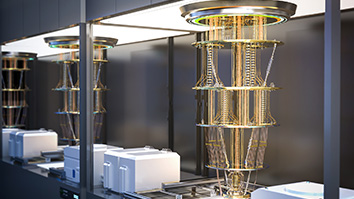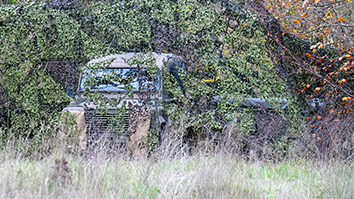Citation
Hegyi, A.; Martini, J. Compact hyperspectral image sensor based on a novel hyperspectral encoder. Proc. SPIE 9482, Next-Generation Spectroscopic Technologies VIII, 948214 (June 3, 2015)
Abstract
A novel hyperspectral imaging sensor is demonstrated that can enable breakthrough applications of hyperspectral imaging in domains not previously accessible. Our technology consists of a planar hyperspectral encoder combined with a traditional monochrome image sensor. The encoder adds negligibly to the sensors overall size, weight, power requirement, and cost (SWaP-C); therefore, the new imager can be incorporated wherever image sensors are currently used, such as in cell phones and other consumer electronics. In analogy to Fourier spectroscopy, the technique maintains a high optical throughput because narrow-band spectral filters are unnecessary. Unlike conventional Fourier techniques that rely on Michelson interferometry, our hyperspectral encoder is robust to vibration and amenable to planar integration. The device can be viewed within a computational optics paradigm: the hardware is uncomplicated and serves to increase the information content of the acquired data, and the complexity of the system, that is, the decoding of the spectral information, is shifted to computation. Consequently, system tradeoffs, for example, between spectral resolution and imaging speed or spatial resolution, are selectable in software. Our prototype demonstration of the hyperspectral imager is based on a commercially-available silicon CCD. The prototype encoder was inserted within the cameras ~1 cu. in. housing. The prototype can image about 49 independent spectral bands distributed from 350 nm to 1250 nm, but the technology may be extendable over a wavelength range from ~300 nm to ~10 microns, with suitable choice of detector.


